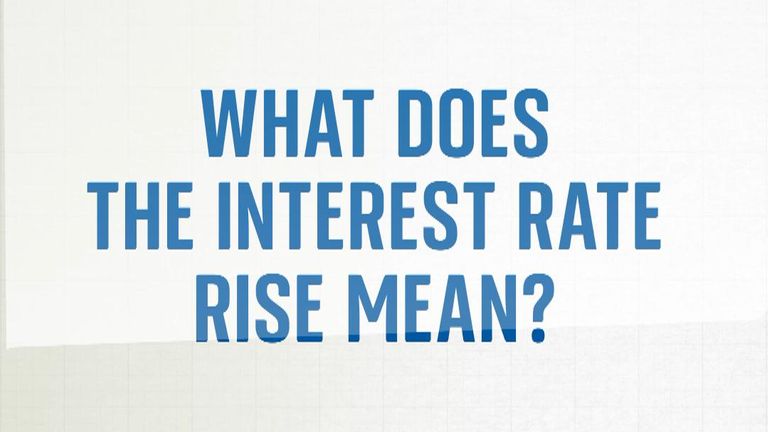The Federal Reserve, which is the US central bank, has held interest rates after 10 consecutive rises.
The decision was announced a day after official figures showed US inflation was 4% – less than half the UK’s current level of 8.7%.
Latest data from the Bureau of Labor Statistics said prices rose 4% in May, the lowest pace of increases in more than two years.
The Fed had been increasing rates in an effort to dampen economic activity and bring price rises down to the regulator’s 2% target.
In the UK, however, inflation stood at 8.7% in April.
The slow reduction from double digit inflation and a labour market with low unemployment and rising wages has led to market expectations that the Bank of England will hike the interest rate to 5.75%.
That expected increase has led to banks and building societies increasing their mortgage rates and pulling some mortgage products from the market in preparation for higher rates.
New information about inflation in the UK will be released by the Office of National Statistics (ONS) next Wednesday.
Following the Fed’s announcement, US interest rates will continue to be at 5% to 5.25%, a high not previously seen since 2007.
In the US, the interest rate is a range, rather than a single percentage – unlike the UK – because the Fed is not permitted to set a specific figure. The figures is a target rate, set to guide lenders.
Once again the Fed said the US banking system is “sound and resilient”.
Tighter credit conditions for households and businesses are likely to weigh on economic activity, hiring, and inflation. The extent of these effects remains uncertain,” it added.
Further rises were not ruled out.
“In determining the extent of additional policy firming that may be appropriate to return inflation to 2% over time, the [rate-setting federal open market] committee will take into account the cumulative tightening of monetary policy, the lags with which monetary policy affects economic activity and inflation, and economic and financial developments,” the committee said.

